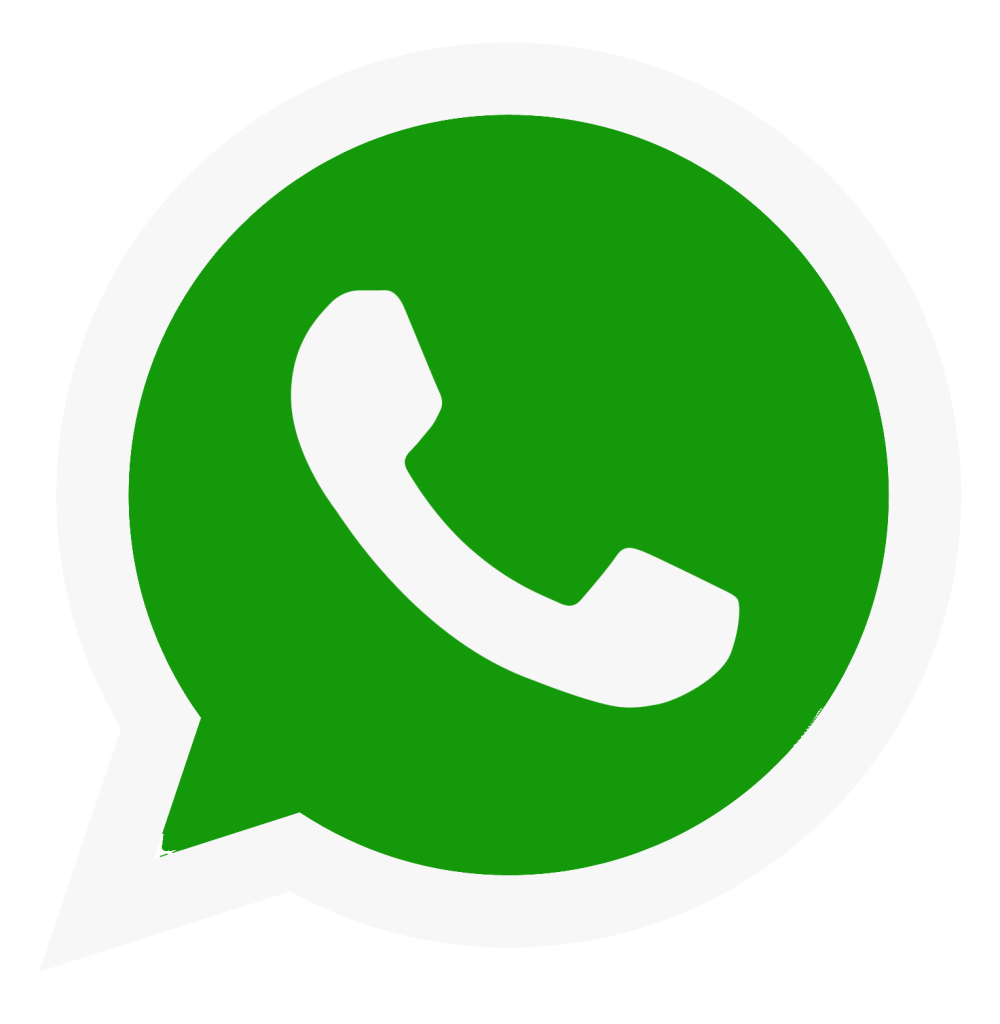Arduino-Based Digital Distance Measuring Device Experiment in Tinkercad for Electronics Learning
DOI:
https://doi.org/10.37891/kpej.v8i1.791Abstract
This research aims to design and simulate an automatic distance measuring system based on Arduino Uno, utilizing the HC-SR04 ultrasonic sensor and a 16x2 LCD. The system was simulated within the Tinkercad virtual environment, enabling students to explore electronic concepts without relying on physical hardware. The simulation results demonstrated that the system could measure object distances accurately within a range of 2 cm to 400 cm, displaying the results in real time on the LCD. Tinkercad provides flexibility for experimentation, allowing students to understand the integration of hardware and software, including digital data processing and microcontroller programming. The system’s versatile applications include robotics, automatic parking systems, and distance-based security solutions. Despite its effectiveness, the system has limitations, such as sensitivity to environmental conditions and a restricted measurement range. Additional calibration is recommended to improve accuracy. Overall, the system offers an efficient and interactive approach to electronics education, equipping students with practical experience and enhancing their digital literacy. This study contributes to advancing technology-driven educational methods suited to the demands of the digital age.
References
Eden, J. G. M., Telan, E. C., Pancho, J. K., Bongolan, R. R., & Elyzar Tim Mendoza. (2019). Ultrasonic Distance Measuring Device Study. Education Inquiry, 1(2), 10. https://doi.org/10.13140/RG.2.2.22528.17928/2
Gubsky, S. (2023). Development of Low-Cost Arduino-Based Equipment for Analytical and Educational Applications. CSAC 2023, 8. https://doi.org/10.3390/CSAC2023-14893
Hachmi, A., El Hadi, M., Essaadaoui, R., Mommadi, O., Ouariach, A., & El Moussaouy, A. (2022). Development of an educational Device, based on Arduino, to Facilitate the Understanding of Light Diffraction. Physics Education, 57(4), 045032. https://doi.org/10.1088/1361-6552/ac65d0
Husin, N. A., Ramli, M., & Alwi, D. M. (2022). Tinkercad simulation Software to Optimize Online Teaching and Learning in Embedded Internet of Things. Journal of Counseling and Educational Technology, 5(2), 49–57. https://doi.org/10.32698%2F01631
Jelovica, L., Erceg, N., & Bilušić, A. (2023). Application of the Arduino Computer Platform as a Multimeter in Education. 422–428. https://doi.org/10.54808/WMSCI2023.01.422
Kefalis, C., Skordoulis, C., & Drigas, A. (2025). Digital Simulations in STEM Education: Insights from Recent Empirical Studies, a Systematic Review. Encyclopedia, 5(1), 10. https://doi.org/10.3390/encyclopedia5010010
Khaleel, H. Z., Ahmed, A. K., Al-Obaidi, A. Sh. M., Luckyardi, S., Al Husaeni, D. F., Mahmod, R. A., & Humaidi, A. J. (2023). Measurement Enhancement of Ultrasonic Sensor using Pelican Optimization Algorithm for Robotic Application. Indonesian Journal of Science and Technology, 9(1), 145–162. https://doi.org/10.17509/ijost.v9i1.64843
Matsun, M., Boisandi, B., Sari, I. N., Hadiati, S., & Zadrianus, M. T. (2022). Development of Arduino Uno-based real learning media for measuring density of objects. Jurnal Riset Dan Kajian Pendidikan Fisika, 9(1), 25–33. https://doi.org/10.12928/jrkpf.v9i1.27
Riskawati, R., Sanusi, D. K., & Agustini, S. (2024). Pengaruh Tinkercad sebagai Media Pembelajaran Elektronika Dasar melalui Proyek Digital measuring device. Jurnal Pendidikan Fisika Undiksha, 14(3), 1–10. https://doi.org/87280/30738
Romita A., W., Ariani, T., & Arini, W. (2019). The Effect of Quantum Teaching Learning Model on the Physics Learning Outcomes of Class X SMK Negeri 3 Lubuklinggau. Kasuari: Physics Education Journal (KPEJ), 2(1), 36–48. https://doi.org/10.37891/kpej.v2i1.98
Sze, E., Hindarto, D., Wirayasa, I. K. A., & Haryono, H. (2022). Performance Comparison of Ultrasonic Sensor Accuracy in Measuring Distance. Sinkron, 7(4), 2556–2562. https://doi.org/10.33395/sinkron.v7i4.11883
Topcubaşi, T., & Tiryaki, A. (2023). The Effect of Arduino-Based E-STEM Education on Students’ Entrepreneurial Skills and STEM Attitudes. Journal of Science Learning, 6(4), 424–434. https://doi.org/10.17509/jsl.v6i4.60325
Wahyuni, T., & Tjala, A. (2023). Measurement Instruments for the Digital Transformation in SCHOOLS. International Journal of Business, Law, and Education, 4(1), 41–46. https://doi.org/10.56442/ijble.v4i1.109
Zulfikar, Z., Rustana, C. E., & Indrasari, W. (2020). Pengembangan Alat Pengukur Cepat Rambat Bunyi MEnggunakan Sensor Ultrasonik Sebagai Media Pembelajaran Fisika SMA. Seminar Nasional Fisika 2016 UNJ. https://doi.org/10.21009/03.SNF2020.02.PF.05
Downloads
Published
How to Cite
Issue
Section
License
Copyright (c) 2025 Universitas Papua

This work is licensed under a Creative Commons Attribution-NonCommercial-ShareAlike 4.0 International License.
License and Copyright Agreement
In submitting the manuscript to the journal, the authors certify that:
- They are authorized by their co-authors to enter into these arrangements.
- The work described has not been formally published before, except in the form of an abstract or as part of a published lecture, review, thesis, or overlay journal. Please also carefully read Kasuari: Physics Education Journal Posting Your Article Policy at http://journalfkipunipa.org/index.php/kpef/about
- That it is not under consideration for publication elsewhere,
- That its publication has been approved by all the author(s) and by the responsible authorities tacitly or explicitly of the institutes where the work has been carried out.
- They secure the right to reproduce any material that has already been published or copyrighted elsewhere.
- They agree to the following license and copyright agreement.
Copyright
Authors who publish with Kasuari: Physics Education Journal agree to the following terms:
- Authors retain copyright and grant the journal right of first publication with the work simultaneously licensed under a Creative Commons Attribution License (CC BY-SA 4.0) that allows others to share the work with an acknowledgment of the work's authorship and initial publication in this journal.
- Authors are able to enter into separate, additional contractual arrangements for the non-exclusive distribution of the journal's published version of the work (e.g., post it to an institutional repository or publish it in a book), with an acknowledgment of its initial publication in this journal.
- Authors are permitted and encouraged to post their work online (e.g., in institutional repositories or on their website) prior to and during the submission process, as it can lead to productive exchanges, as well as earlier and greater citation of published work.

 Whatsapp
Whatsapp 



